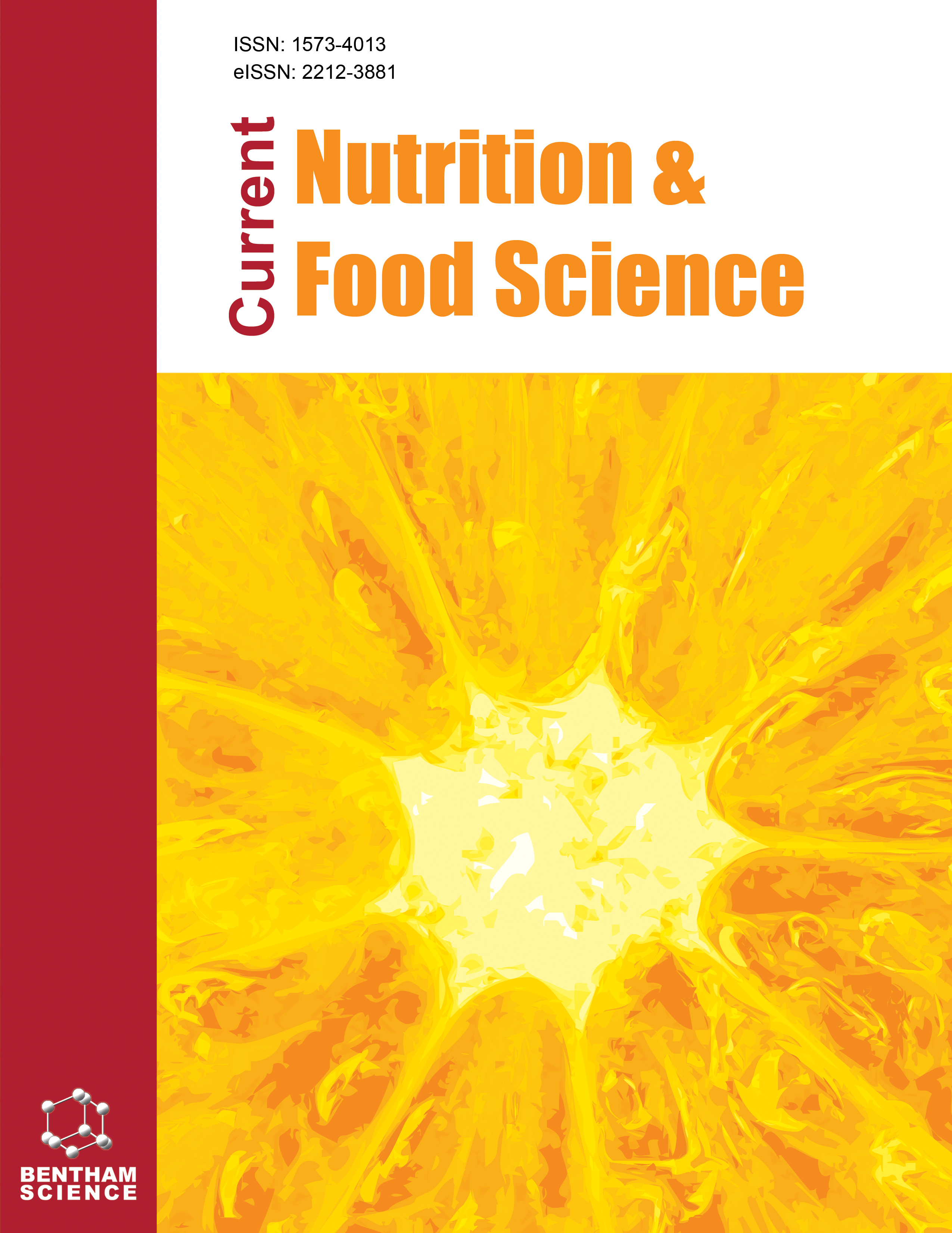
Full text loading...

Guanidinoacetic acid (GAA) serves as a primary methyl group acceptor, with its conversion to creatine constituting a major methylation pathway. While prior studies have established a relationship between dietary GAA intake and total folate levels, its effects on individual folate vitamers remain poorly understood. The main objective of this study was to investigate the association between dietary GAA intake and serum concentrations of total folate and specific folate vitamers in a nationally representative U.S. population.
Data were drawn from the 2011–2012 National Health and Nutrition Examination Survey (NHANES), including 8,485 participants. Dietary GAA intake was estimated using 24-hour dietary recall, and serum concentrations of total folate and five folate vitamers were measured through standardized laboratory analyses. Multivariable linear regression models, adjusted for demographic and dietary covariates, were used to assess associations.
Higher dietary GAA intake was significantly associated with lower serum levels of total folate (B = −0.280, P < 0.001), 5-methyltetrahydrofolate (5-methyl-THF; B = −0.265, P < 0.001), 5,10-methenyltetrahydrofolate (5,10-methenyl-THF; B = −0.001, P = 0.021), and 4-α-hydroxy-5-methyl-THF (MeFox; B = −0.007, P = 0.006). These associations persisted after adjustment for potential confounders.
5-methyl-THF and 5,10-methenyl-THF appear to be more sensitive biomarkers of dietary GAA exposure compared to other folate vitamers, such as folic acid and tetrahydrofolate; these compounds should be routinely evaluated to effectively monitor the nutritional effects of GAA in human studies.
Dietary intake of GAA is inversely associated with serum concentrations of total folate and key folate vitamers. These findings suggest that GAA may influence methyl group availability and homocysteine remethylation via its impact on folate metabolism. Further investigation is warranted to explore the metabolic and clinical implications of these associations.